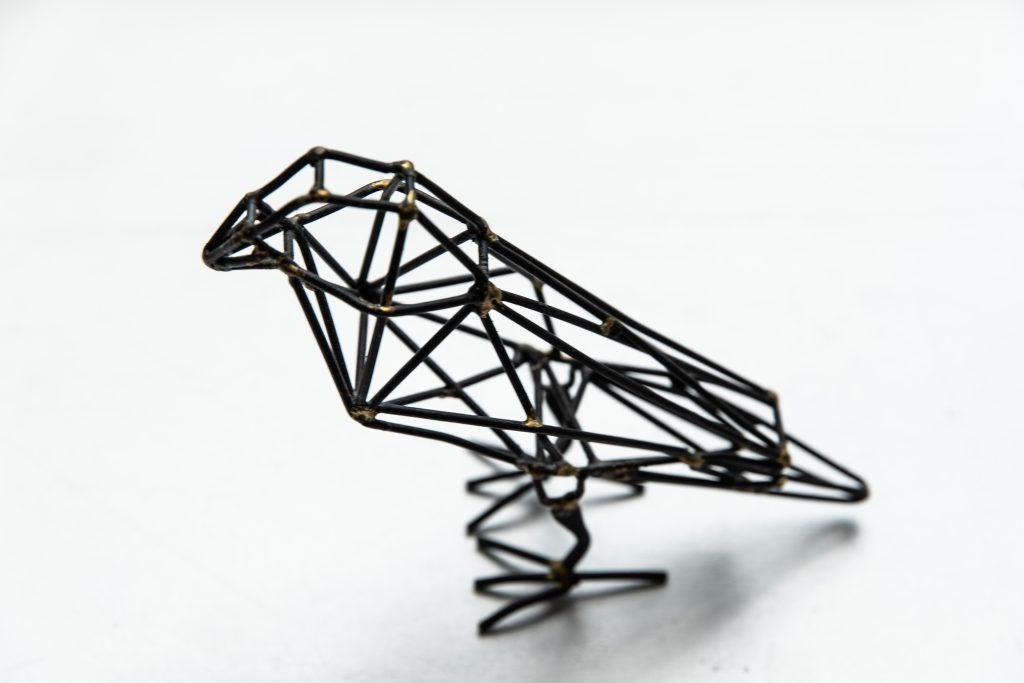Are you curious about how 3D printing works? Well, you’re in luck! In this article, we’ll take you on a journey through the fascinating world of 3D printing.
You’ll learn the basics of this innovative technology and discover how it’s revolutionizing industries like manufacturing and healthcare.
We’ll explain the different 3D printing processes and the materials used.
Plus, we’ll provide you with a step-by-step guide and troubleshooting tips to help you get started with your own 3D printing adventures.
So, buckle up and let’s dive into the world of 3D printing!
The Basics of 3D Printing
3D printing works by layering materials and building objects from a digital file. It has numerous advantages that make it a game-changer in the manufacturing industry.
One of the key advantages is the ability to create complex geometries that are difficult to achieve with traditional manufacturing methods. This opens up exciting possibilities for future applications of 3D printing in various industries.
For example, in healthcare, 3D printing can be used to create customized prosthetics and implants. In the automotive industry, it enables rapid prototyping and lightweight part production.
The impact of 3D printing on the manufacturing industry is significant as it allows for cost-effective production, reduced material waste, and localized supply chains. With continuous advancements, 3D printing has the potential to revolutionize manufacturing processes and reshape industries.
Understanding 3D Printer Technology
Understanding how printers function is essential for beginners who want to delve into the world of 3D printing.
3D printing technology offers numerous advantages that have a significant impact on various industries. One of the main advantages is the ability to create complex geometries that are difficult or impossible with traditional manufacturing methods. This opens up new possibilities for designing innovative products.
Additionally, 3D printing allows for rapid prototyping, reducing both time and cost. Customization is another significant advantage, as it enables the creation of personalized products.
Looking towards the future, advancements in 3D printing are expected to expand the range of materials available for printing and improve the speed of production. This technology has the potential to revolutionize industries such as healthcare, automotive, and manufacturing, offering endless possibilities for innovation.
Exploring Different 3D Printing Processes
Exploring the various processes of 3D printing can provide valuable insights into the capabilities and limitations of this innovative technology.
There are different 3D printing techniques that are used in various industries. Some of these techniques include fused deposition modeling (FDM), stereolithography (SLA), selective laser sintering (SLS), and powder bed fusion (PBF). Each technique has its advantages and disadvantages.
For example, FDM is known for its affordability and ease of use, while SLA produces high-resolution prints. The advantages of 3D printing include rapid prototyping, customization, and reduced material waste.
As for future trends in 3D printing, there are ongoing advancements in bioprinting, construction, and molecular-level printing. These trends show the potential for 3D printing to revolutionize industries and create new possibilities for innovation and creativity.
Materials Used in 3D Printing
When it comes to 3D printing, you’ll find a wide range of materials used in the process. Different materials have their own advantages and limitations in terms of strength, flexibility, and heat resistance.
Plastics, such as ABS and PLA, are commonly used in 3D printing due to their affordability and versatility. They are ideal for prototyping and creating consumer goods.
Metals, like titanium and stainless steel, are used for industrial applications that require strength and durability.
Innovations in 3D printing materials have also led to the development of bio-compatible materials, which are used in the medical field for creating implants and prosthetics.
Other materials, such as ceramics and food-grade materials, are also being explored for their potential applications in various industries.
The choice of material depends on the specific requirements of the object being printed and the intended application.
Step-by-Step Guide to 3D Printing
To begin 3D printing, you’ll need a digital design file and a 3D printer that is compatible with the type of material you want to use. Once you have these essentials, you can start the step-by-step process.
First, make sure to avoid common 3D printing mistakes like improper bed leveling, incorrect slicer settings, and insufficient support structures.
Next, choose the right 3D printer for your needs by considering factors such as print quality, build volume, and connectivity options.
Finally, as you gain more experience, you can explore advanced techniques in 3D printing, such as multi-color printing, dual extrusion, and post-processing techniques like sanding and painting.
With practice and experimentation, you’ll be able to create even more complex and intricate designs using 3D printing technology.
Troubleshooting Common 3D Printing Issues
If you’re experiencing common issues with your 3D prints, troubleshooting can help you identify and resolve the problems.
Troubleshooting common 3D printing issues involves optimizing print settings to maximize print quality.
Start by checking your print bed leveling to ensure it is properly calibrated. Uneven bed leveling can cause issues with adhesion and warping.
Next, check your filament quality and make sure it is clean and free from debris. Clogged nozzles can result in inconsistent extrusion and poor print quality.
Additionally, adjusting print speed, temperature, and layer height can help improve print quality. Experimenting with different settings and fine-tuning them can make a significant difference.
Tips and Tricks for Successful 3D Printing
One key tip for successful 3D printing is to regularly clean and maintain your 3D printer to ensure optimal performance. By doing so, you can avoid common 3D printing mistakes and ensure that your prints come out as expected.
Another important aspect is optimizing print settings to achieve the desired results. This includes adjusting parameters such as layer height, print speed, and infill density. Experimenting with these settings can help you achieve the best balance between print quality and print time.
Additionally, post-processing techniques can greatly enhance the appearance and functionality of your 3D prints. Techniques such as sanding, painting, and smoothing can give your prints a professional finish.



